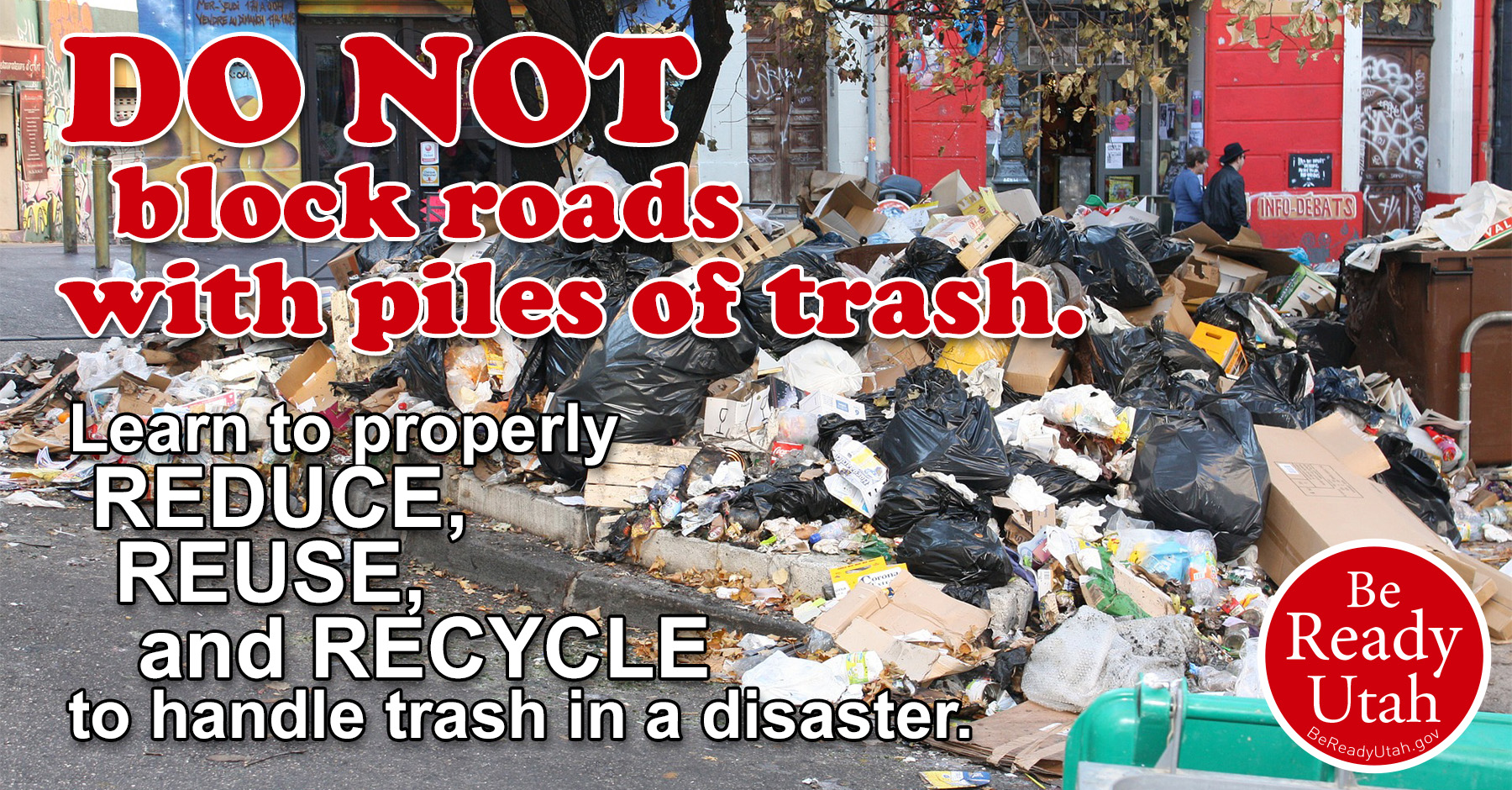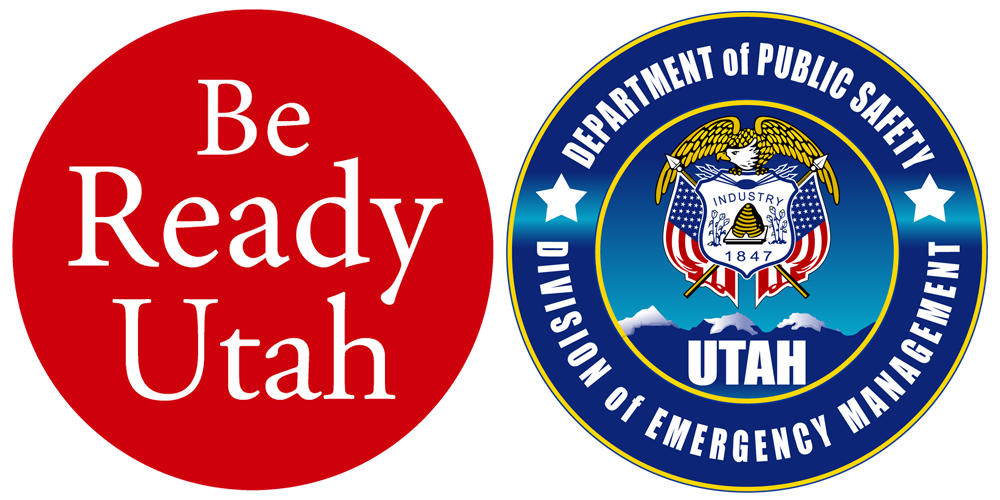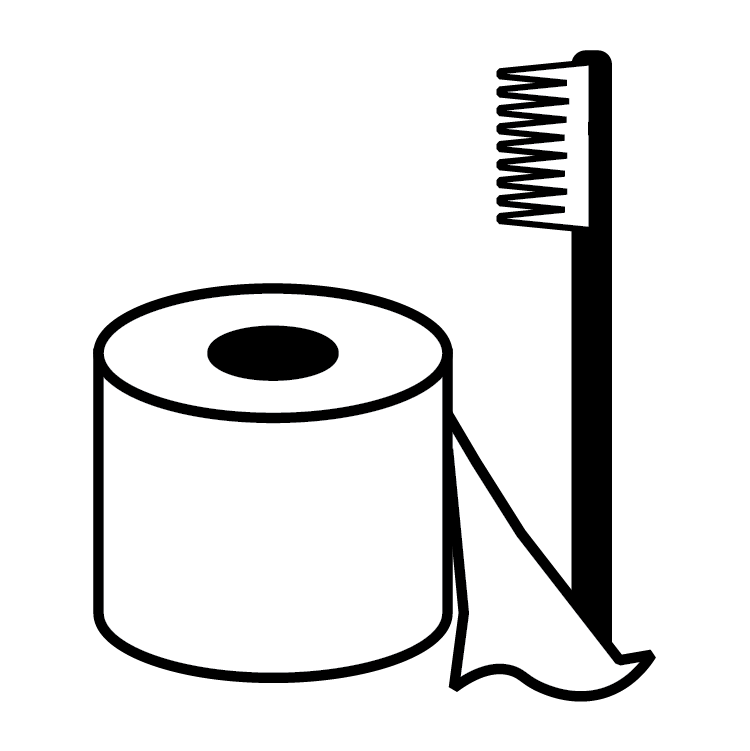
Hygiene & Sanitation
The Point
The second emergency after an initial disaster is disease outbreak. Improper hygiene and sanitation lead to deadly diseases like typhoid, dysentery, and cholera. Prevent disease and illness by keeping yourself and your surrounding environment clean.
Having a storage of hygiene and sanitation supplies and knowing how to safely use them at home and away is vital for you and your family to "be ready" for survival.
Do This
- Gather emergency sanitation supplies including at least one month or more of toilet paper, feminine hygiene as needed, hand sanitizer, paper towels, garbage bags, and cleaning supplies.
- Add hygiene and sanitation supplies to your disaster supply kit.
- Create a hand washing station and add it to your emergency supplies.
- Create a "port-a-potty" kit (second page) and add it to your emergency supplies.
- Gather supplies for doing laundry and dishes by hand. Teach household members how.
- Add hygiene and sanitation supplies to work and school emergency kits.
- Check with your local municipality on what local plans and regulations are in place for local disposal of garbage and human waste in the event of an emergency.
- BONUS: Practice proper outdoor hygiene and sanitation by going camping. Learn how to safely create and use a latrine.
Videos
- The Be Ready Buzz: Hand Washing and Hygiene
- The Be Ready Buzz: Being Clean and Bathing in an Emergency
- PrepCast: Hygiene
- PrepCast: Sanitation
- 20 to Ready: Emergency Toilet
- 20 to Ready: Keeping Clean
- UDOH: Wash Your Hands!
- CDC: Clean Hands Help Prevent the Flu
- CDC: Fight Germs. Wash Your Hands!
- ADA: How to Brush Your Teeth
Downloads
Links
- Disaster Supply Kit: Hygiene and Sanitation
- Garbage and Trash in an Emergency
- Clean and Sanitize in an Emergency
- CDC: When and How to Wash Your Hands
- CDC: Hygiene in Emergency Settings
- CDC: Safe and Healthy Diapering for Emergency Settings
- CDC: Septic and Onsite Wastewater Systems in Disaster
- CDC: Household Cleaning and Sanitizing After Emergency
- CDC: Potential Sanitation Solutions During an Emergency Response
- CDC: Reducing Risks to Workers Handling Human Waste or Sewage
- CDC: The Need for Latrines and Toilets
- CDC: Clean Up Safely After a Disaster
- UofU Health: Does Hand Sanitizer Work?
- National Park Service: Maintain Personal Hygiene While Camping
- National Park Service: Remote Waste Management
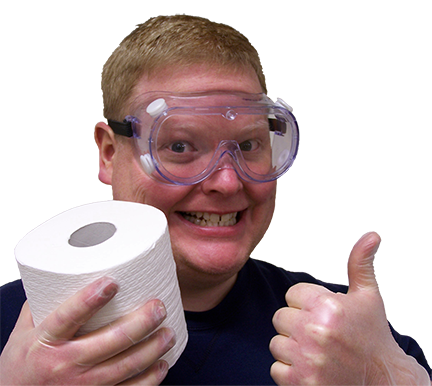
The #1 rule when considering hygiene and sanitation is to keep yourself and your surrounding environment CLEAN. Improper sanitation and hygiene, especially in a disaster situation leads to diseases like typhoid, dysentery and diarrhea. These are bad enough in normal everyday life, but during a disaster when medical supplies and hospitals may be unavailable, they can be deadly.
As a society we have many conveniences. We can dump it in, push a button, pull a lever or bring it to the curb and all of our sanitation worries are taken care of by someone else. But what do we do when those conveniences are gone? Many people often become lazy with their sanitation and hygiene when all the comforts of home have been taken away. DO NOT let this happen. Both you and your family will suffer the health consequences.
So what do we do when the home plumbing doesn’t work? Depending on the emergency, but most especially after an earthquake, shut-off your main in-coming water to isolate your pipes from possible outside contamination. Leave them off until told water supply is safe. If incoming water could be damaged, outgoing sewer pipes could be also. DO NOT flush or put anything down the drains until you know the sewer pipes are safe. Depending on where the break is, you can cause extensive damage to your home or increase problems down the line for your city or utility company trying to fix the breaks.
Hygiene
Proper hygiene is important for personal comfort, mental health, and a feeling of normalcy. When you feel dirty, itchy, and smelly, it’s hard to maintain a positive attitude. Plus, in times of high stress, your body’s ability to fight off disease is lowered. Proper hygiene is more important than ever in maintaining your health. Hand washing with soap and water is one of the easiest ways to prevent the spread of disease. Washing with soap and water is best, but if they are unavailable, a good alcohol based hand sanitizer (60% or more alcohol based) is an effective alternative means of cleaning your hands.
Effective Hand Washing
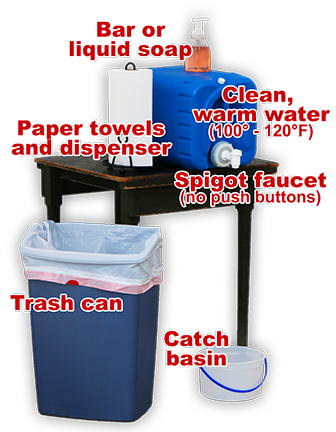
Hand Washing Station
- Wet hands with clean running water. Use warm water if available.
- Use bar or liquid soap to create a lather.
- Scrub all surfaces for at least 20 seconds including finger tips (Slowly sing the “ABC song”).
- Rinse well with clean water.
- Dry with paper towel and use the towel to turn off the faucet or spigot. Throw the used paper towel in the trash can.
Wash your hands:
- Before eating or preparing food
- After using the toilet or helping someone else use the toilet
- After coughing, sneezing, or blowing your nose
- After handling an animal
- Before and after helping someone who is sick or wounded
- After handling trash, garbage, or other waste
- After coming in contact with flood or any other contaminated water
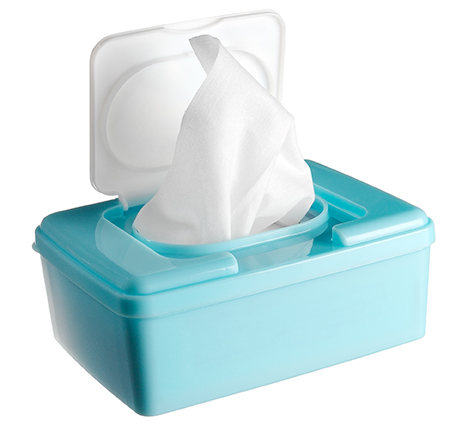 In an emergency situation, full baths and long showers might be a luxury that you cannot waste precious clean water on. You do need to keep clean, but bathing can be done using a minimal amount of water. Bath wipes or baby wipes can be used to clean your entire body. Start at our head, working your way down, wiping the cleanest areas first. Finish with your feet and then your groin area. This is not as good or as thorough as a bath or shower, but it is good enough for a few days to rid your body of external bacteria, sweat, and dirt that can cause discomfort.
In an emergency situation, full baths and long showers might be a luxury that you cannot waste precious clean water on. You do need to keep clean, but bathing can be done using a minimal amount of water. Bath wipes or baby wipes can be used to clean your entire body. Start at our head, working your way down, wiping the cleanest areas first. Finish with your feet and then your groin area. This is not as good or as thorough as a bath or shower, but it is good enough for a few days to rid your body of external bacteria, sweat, and dirt that can cause discomfort.
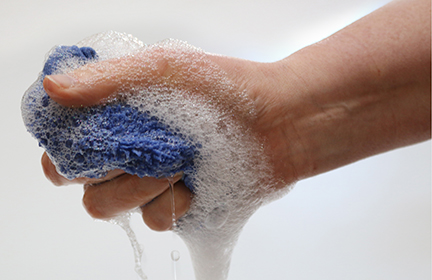 If you have enough water to spare, a sponge bath is an even better cleaning than wipes. Dip a sponge or wash cloth in a bucket of warm water. Use the wet sponge to wet your entire body. Put soap on the sponge and scrub your entire body, again starting at your head and working down to the dirtiest parts of your body. Rinse the sponge out and then use it to rinse your body off.
If you have enough water to spare, a sponge bath is an even better cleaning than wipes. Dip a sponge or wash cloth in a bucket of warm water. Use the wet sponge to wet your entire body. Put soap on the sponge and scrub your entire body, again starting at your head and working down to the dirtiest parts of your body. Rinse the sponge out and then use it to rinse your body off.
You can also use a camp shower for rinsing, but it may use more water. Some camp showers store the water in black bags and can be left out in the sun to warm the water for when you are ready to use it. You can also warm water by painting buckets and two-liter pop bottles black, filling them with water, and leaving them in the sun for a few hours. These are then easily brought indoors for bathing, cleaning, and other washing needs.
 Don’t forget to brush your teeth, even during an emergency. It’s for more than just bad breath. Not only do you feel better with a clean mouth, but if the emergency lasts for a while, can you imagine a tooth ache without the availability of a dentist? Only use treated water for brushing your teeth. Protect your teeth and teach children the importance of oral hygiene at all times.
Don’t forget to brush your teeth, even during an emergency. It’s for more than just bad breath. Not only do you feel better with a clean mouth, but if the emergency lasts for a while, can you imagine a tooth ache without the availability of a dentist? Only use treated water for brushing your teeth. Protect your teeth and teach children the importance of oral hygiene at all times.
Even the simple act of combing your hair can make you look and feel better. Take time to take care of yourself during stressful times.
In an emergency situation, clean, drinkable water may not be easy to get. Conserve the water you have. Use it wisely, but not at the expense of proper hygiene and sanitation.
Sanitation
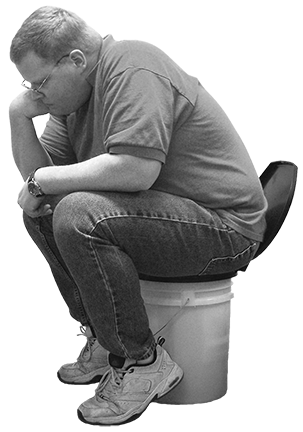 Expelling our bodies of waste is an important part of everyday health. In an emergency situation without normal facilities, we need to provide a safe and sanitary means for ourselves and our families to take care of this necessity in a relatively easy and comfortable way. Many people tend to “hold it” if they are not comfortable using what exists, waiting for something else. If there is nothing else, they can get “stopped up”, causing major digestive problems that, in an emergency, they may not have the luxury of access to modern medicine. So, before an emergency, make a plan and get supplies for household sanitation. But before you create your emergency potty, here are some things to think about:
Expelling our bodies of waste is an important part of everyday health. In an emergency situation without normal facilities, we need to provide a safe and sanitary means for ourselves and our families to take care of this necessity in a relatively easy and comfortable way. Many people tend to “hold it” if they are not comfortable using what exists, waiting for something else. If there is nothing else, they can get “stopped up”, causing major digestive problems that, in an emergency, they may not have the luxury of access to modern medicine. So, before an emergency, make a plan and get supplies for household sanitation. But before you create your emergency potty, here are some things to think about:
- Privacy: When it comes to using the potty in public, most people suffer from “stage fright” and won’t go when they need to if not comfortable with the situation. If available, use the existing restroom or use another room exclusively as the alternate restroom. Other options include blocking off a corner of a room or the yard with tarps or blankets to create a privacy shelter, using a commercially available privacy shelter, or building an outhouse. Most people don't the time, resources, skill, or space to build and safely utilize a proper outhouse.
- Distance: Your makeshift toilet needs to be close enough to your living environment that family members can easily find their way there and back and so that family members won’t unnecessarily “hold it”, yet far enough away for privacy, safety, and cleanliness of the living environment. This is why, if available, the home restroom can be converted into an emergency potty room.
- Ease of use: Keep it simple, but at the same time, proper sanitation is in everyone’s best interest. Make sure it is appropriate for the needs and resources of your family. Think about the age and ability of the potential users. Older family members may not be able to “squat” and will need something to support body weight. Children and those with access and function needs will need facilities appropriate to their abilities or at least help in using the facilities.
- Sanitation control: You can’t just “go behind the tree in the backyard”. NEVER leave waste on the surface. It attracts insects and rodents which will then carry those germs and diseases to other parts of your living area. Remember the #1 rule is to keep yourself and your living environment clean. Have a minimum three months worth of toilet tissue, feminine hygiene supplies, and disposable or cloth diapers as needed. Prepare a hand washing station next to your toilet with water dispenser, soap, paper towels and hand sanitizer. Remember to regularly sanitize the dispenser and other frequently touched areas.
- Waste disposal or short-term storage: Wear disposable gloves when cleaning the area and carrying the bags for disposal. Dispose of or sanitize any article of clothing or object that comes in contact with the waste. Bury it if you have the means, otherwise plan on short term storage until another means of disposal is arranged. NEVER dispose of waste in streams, canals, or other areas with potential flowing water.
The Two Bucket System
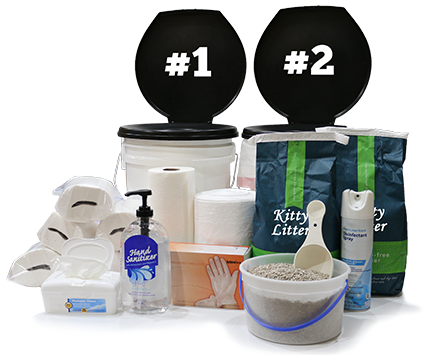
Two Bucket Sanitation Kit
A two bucket system, separating liquid and solid waste, is an effective and sanitary means of taking care of human waste in an emergency. Urine and fecal matter must be separated since they are disposed of in different ways. Another nice thing about using buckets, they are a great place to store all your emergency sanitation kit supplies until they are needed. You can get actual toilet seats that fit over standard buckets online, at your local hardware or emergency preparedness store. Standard buckets are sturdy and can hold normal body weight. They can be used indoors or outdoors, they are easily transportable, and you have the safety of a rigid container for transporting waste to the disposal area.
Bucket #1 does not need a bag and is used exclusively for liquid urine. Empty after each use in the yard, spread over the lawn, or over gravel where it will harmlessly evaporate. Rinse the bucket to be used again.
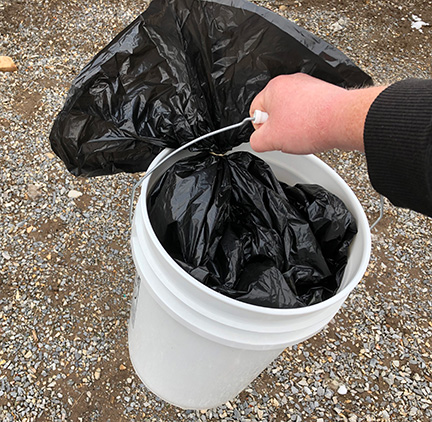 Bucket #2 is for solid fecal waste only. Line this bucket with two heavy duty plastic bags and put a one-inch layer of kitty litter in the bottom. The idea is to dry out the fecal matter, making it inert. Keep a bucket of kitty litter and a scoop next to your potty. As waste is deposited, completely cover with more kitty litter (about two cups) to absorb moisture and reduce odors. If the potty starts to smell bad, you're probably not using enough kitty litter. Add more. Once full, put on disposable gloves, eye protection, and a mask when dealing with human waste. Securely tie off the double bags with twist ties, and carry outside, still in the bucket, to prevent spills. DO NOT carry the waste in the bag by itself. It is more likely to break open in just a bag than in the bag in the bucket. If you don't have any kitty litter or you run out, you can use dry biomass such as crushed leaves, grass, shredded cardboard and paper, sawdust, and small wood chips. Dispose of, or sanitize any clothing or object that is exposed to human waste.
Bucket #2 is for solid fecal waste only. Line this bucket with two heavy duty plastic bags and put a one-inch layer of kitty litter in the bottom. The idea is to dry out the fecal matter, making it inert. Keep a bucket of kitty litter and a scoop next to your potty. As waste is deposited, completely cover with more kitty litter (about two cups) to absorb moisture and reduce odors. If the potty starts to smell bad, you're probably not using enough kitty litter. Add more. Once full, put on disposable gloves, eye protection, and a mask when dealing with human waste. Securely tie off the double bags with twist ties, and carry outside, still in the bucket, to prevent spills. DO NOT carry the waste in the bag by itself. It is more likely to break open in just a bag than in the bag in the bucket. If you don't have any kitty litter or you run out, you can use dry biomass such as crushed leaves, grass, shredded cardboard and paper, sawdust, and small wood chips. Dispose of, or sanitize any clothing or object that is exposed to human waste.

Temporary storage is a short-term option until normal service resumes, landfills and other dumping areas are available, or if ground is too frozen to dig. NEVER leave waste in the open or on the ground surface. Use a large garbage can with a tight lid, no more than 30 gallons. Strap down the lid with rope or bungee cords. Store it outside in a concealed area on a balcony, deck, behind a fence in a backyard, or in a garage where it would be safe from being knocked over. Secure it to a strong post, tree, or other sturdy structure. If you must store it inside, choose somewhere furthest from your living area with plenty of ventilation. Double bag the can with heavy duty garbage bags. When throwing in the bags, leave the bags of waste and kitty litter CLOSED. Remember, this is just for TEMPORARY storage. (When you have normal service or ground for burying becomes available, the bags of waste and kitty litter will need to be opened and emptied into the hole for proper decomposition.) After closing the lid, spray the outer surface of the can with disinfectant. Repeat this process each time you empty the bucket into the garbage can. Contact your local health department for instructions on further disposal.
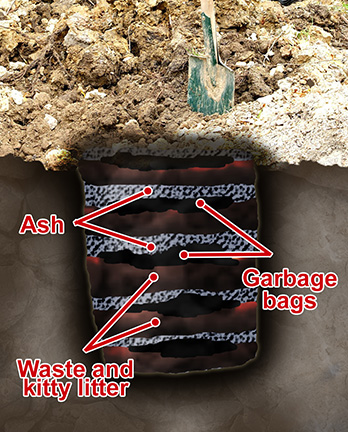 Burying the waste is the best option, if you have a safe location a minimum of 200 feet from any water supply or living area. Don't bury it in your garden. Have digging tools like shovels, picks, digging bars and post hole diggers as part of your sanitation supplies. Think about what kind of soil you have and what time of year you may have to dig. Dig a hole 2.5 to 3 feet deep and leave a shovel behind to backfill over the waste. Open the bag and empty the kitty litter and waste into the hole, then put the empty bag in the hole as well. The waste must be out of the bag for proper decomposition. Modern garbage bags will decompose with the waste in a year or two.
Burying the waste is the best option, if you have a safe location a minimum of 200 feet from any water supply or living area. Don't bury it in your garden. Have digging tools like shovels, picks, digging bars and post hole diggers as part of your sanitation supplies. Think about what kind of soil you have and what time of year you may have to dig. Dig a hole 2.5 to 3 feet deep and leave a shovel behind to backfill over the waste. Open the bag and empty the kitty litter and waste into the hole, then put the empty bag in the hole as well. The waste must be out of the bag for proper decomposition. Modern garbage bags will decompose with the waste in a year or two.
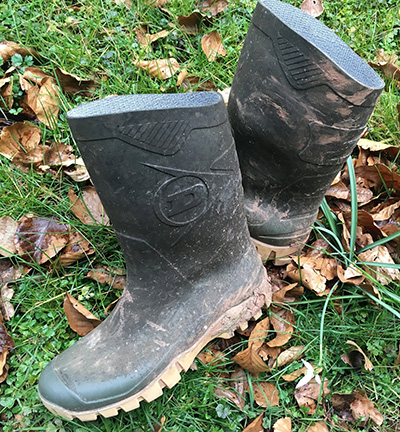 After dumping in the waste, throw in the disposable gloves you’ve worn to carry it outside, and cover it all with a layer of dirt. Cover the hole between dumps with boards and heavy objects to keep animals and children out. Stop adding waste to this hole when the waste is about a foot from the surface. Then, to finish burying the waste, continue filling the hole with dirt almost to the top, packing it down. Cover the dirt with ash or lime. Keep a bucket full of cold ash or another kind of powder disinfectant like lime. It creates a barrier that pests don’t like to dig through. Top with dirt and pack it down once again.
After dumping in the waste, throw in the disposable gloves you’ve worn to carry it outside, and cover it all with a layer of dirt. Cover the hole between dumps with boards and heavy objects to keep animals and children out. Stop adding waste to this hole when the waste is about a foot from the surface. Then, to finish burying the waste, continue filling the hole with dirt almost to the top, packing it down. Cover the dirt with ash or lime. Keep a bucket full of cold ash or another kind of powder disinfectant like lime. It creates a barrier that pests don’t like to dig through. Top with dirt and pack it down once again.
After taking care of sanitation and waste disposal during an emergency, remove your protective equipment and leave it OUTSIDE. Don’t track germs into your living environment.
Other Potty Options
An emergency by definition is an unexpected event. You may find yourself without your two bucket sanitation system because you didn't get one or you are not home with your emergency supplies. You can adapt to the situation you find yourself in and use the principles of safe sanitation with other options.
- “Chamber Pot”: Designate a small pot as nothing but a chamber pot. You may line it with a small bag. These can be used indoors or outdoors and may be easier for small children to use than a taller bucket. Potty training seats also work better for smaller children than taller buckets even if they are already trained in toilet use.
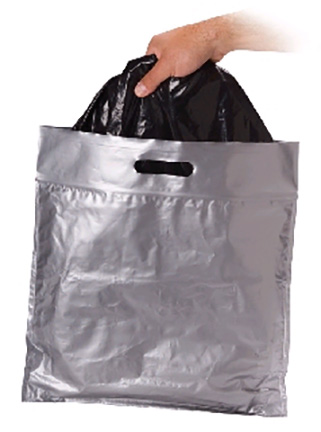
Commercial Sanitation Bag
- Commercial Sanitation Bags: Many commercial sanitation bags come prefilled with absorbent material or chemical to break down human waste. They are easy to take in evacuation kits and vehicles. Some sanitation bags are designated exclusively for liquid waste like urine but can be used for vomit as well. These absorb the liquid and turn it into a gel. Other sanitation bags are only for solid waste and are filled with a chemical that breaks down the solid waste and makes it inert. If used properly, commercial sanitation bags can be thrown in any garbage can after use. There are many different brands. Talk to your local outdoor recreation retailer or emergency preparedness dealer for what would best fit your needs.
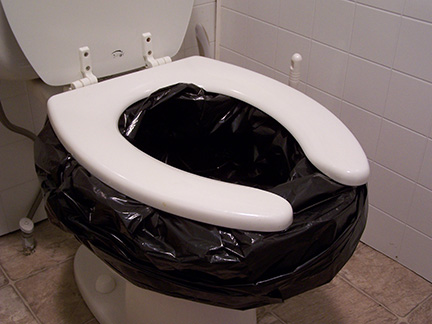
- Toilet: For convenience, you can use the toilet in your home, even if the water and sewage pipes are inoperable. This is good because you are already set-up with all the conveniences of home, you just need to make some modifications. Turn off the incoming water to the toilet and empty all water from the tank and the bowl, but don’t flush it. Disinfect and dry the bowl.
Next you need to plug the hole to prevent sewer gasses from coming back up. Kathryn McMullin, Summit County Utah Emergency Manager and emergency preparedness expert, suggests putting a racquetball in the toe of a tube sock and covering the sock with shortening for lubrication, then jamming the racquetball and sock into the hole until it is tight in the hole. When you need to remove it, grab the top of the sock and pull it out. If a racquetball isn't tight enough, try a lacrosse or other dense rubber ball. Find one that fits your toilet.
After plugging the hole, line the bowl with two garbage bags and follow the same rules as Bucket #2 mentioned above. You still need to separate liquids from solids, so have a designated Bucket #1 as mentioned above. Once full, you will need to move the bags to a bucket to transport to your waste disposal area, but you can use Bucket #1 for that. - Trash Can: Only use this if there is no other option. This might be used in an office emergency scenario or a school for a short time. Designate a #1 and a #2 can and line the #2 can with 2 garbage bags before making a layer of shredded paper on the bottom before use. Follow the same rules as written for bucket #1 and #2 above. A trash can has the safety of rigid container for transport for disposal, but it may not be strong enough to hold body weight and there is a possible tipping hazard. Take care and immediately clean up any spills.
Disaster Supply Kit: Hygiene and Sanitation
Click Here
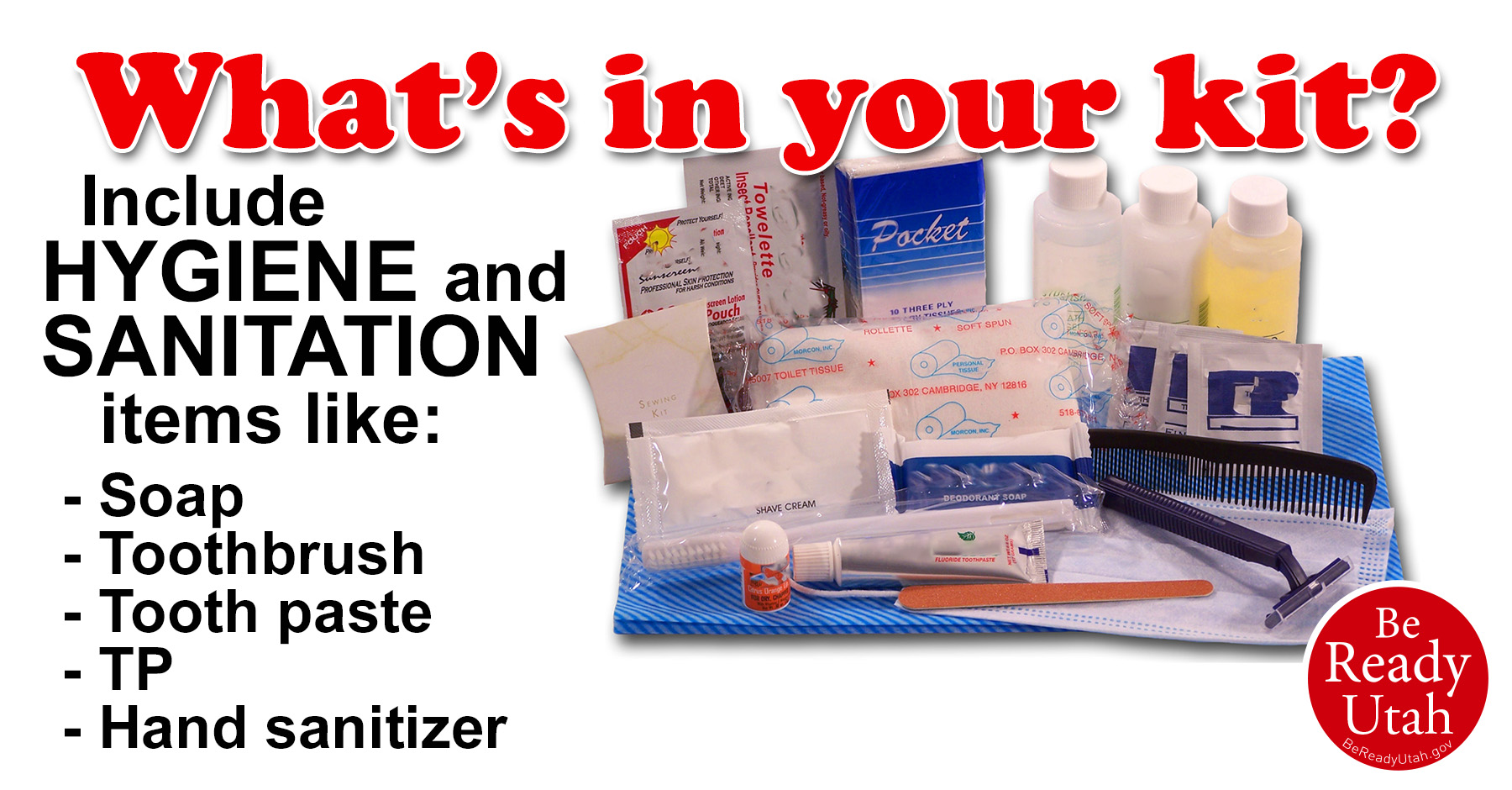
Clean and Sanitize in an Emergency
Click Here
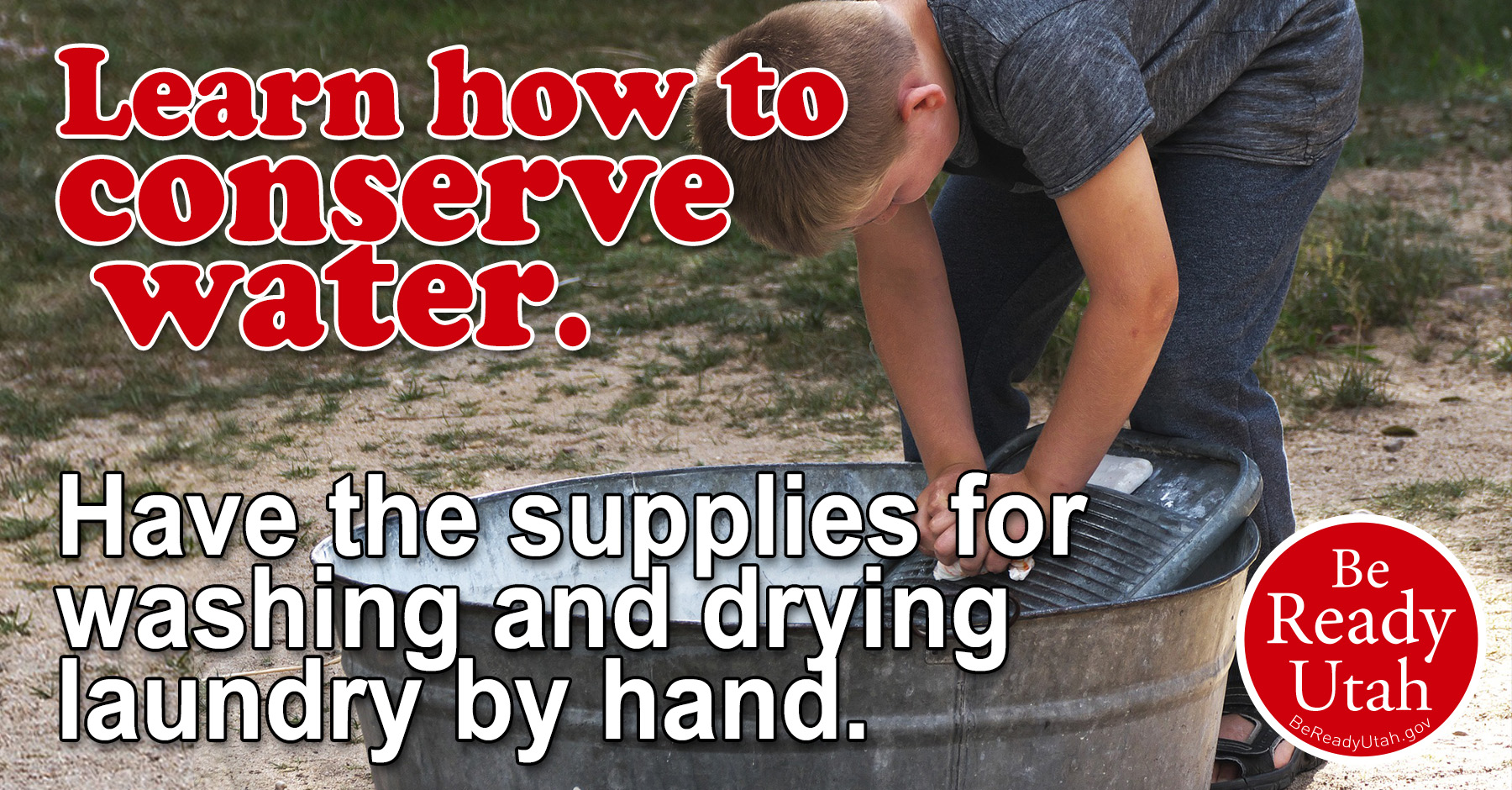
Garbage and Trash in an Emergency
Click Here
